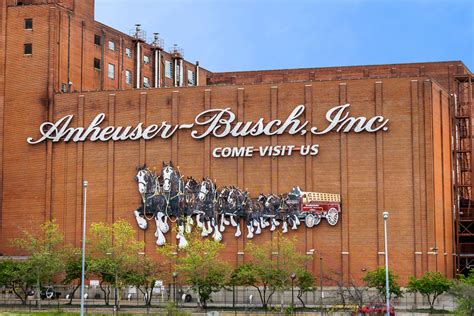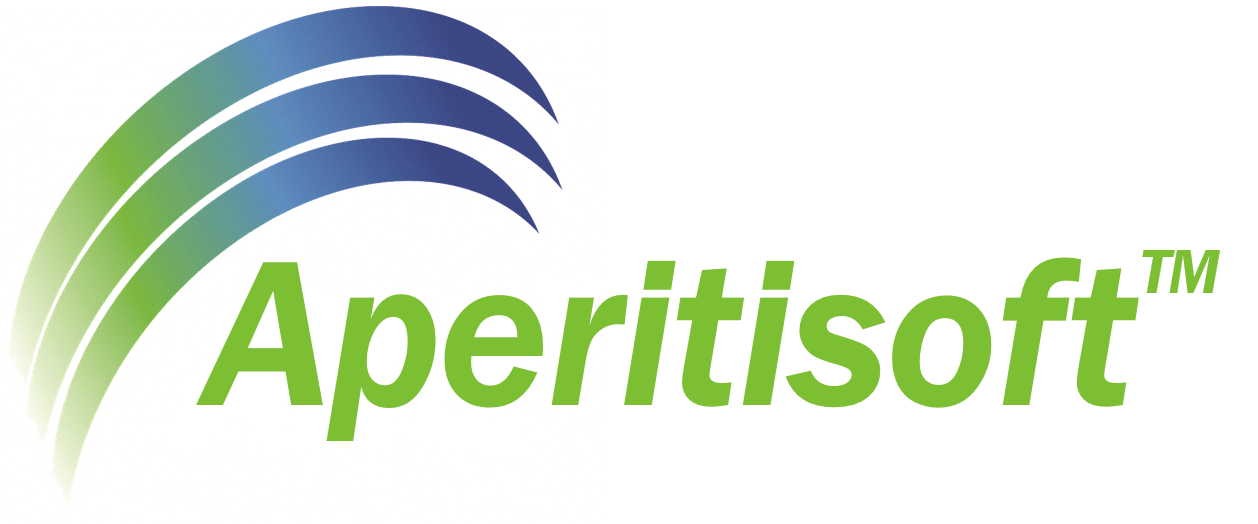“Out of every crisis comes great opportunity!”


A great adage, but do you really believe it? Companies that do become winners; companies that don’t typically settle for second best.
Do you remember the 1989 motion picture hit, “Dead Poets Society”?. The main character, John Keating (played by Robin Williams) encourages his students to “carpe diem”, which in Latin means: “seize the day”. When we allow “risk management” and “performance management” to come together and guide how we view our business, our eyes are opened in new ways and we can now see what was once hidden in plain sight, giving us the confidence to “seize” great opportunity.
In the late 90’s I was told a very interesting story; one that has stuck with me to this very day. I don’t even know whether or not it is true. Nevertheless, the conclusions reached in the story are thought provoking and create an excellent parable for explaining how the fusion of risk and performance management can work toward the seizing of hidden opportunities. The story goes something like this:
“Augie” Busch, CEO of the Anheuser-Busch (Brewing) Companies was driving into work one morning, when he took particular notice of the large number of empty Budweiser brand beer cans littering the sidewalks, gutters and streets on the way in to the office. Augie was appalled at what he saw. He thought to himself, “Our Budweiser brand is tarnished by this excessive littering. It’s as though the brand is the beer of bums and derelicts!” When he arrived in the office he called an emergency meeting of his executive staff. After explaining what he witnessed, he issued an urgent assignment to the entire executive team – “come-up with an answer to this problem.” They had one week to complete the assignment.
A week later the executives all came prepared to present their ideas to the boss. The first to present was the CFO. “I fail to see how this is a problem”, he said. “As you can see from this chart both revenue and profits are up. I recommend we do nothing. Why try to fix something that’s not broken? Who cares who buys our beer?” Augie thanked the CFO for the positive financial report, but explained to his team that in his opinion their corporate identity and future growth were at stake.

The next to present was the Head of Marketing. He confidently addressed the execs, saying: “My team has done a thorough assessment of this market segment and has determined we have only two options: 1) re-position the Budweiser brand into a higher demographic; or 2) run with it – lower our price to increase volume.” “What will this cost us?”, asked Augie. “Option 1 will cost us an additional $50 Million in advertising and point of sale marketing. But, our strategy includes raising our price; so it should net out.”, he replied. “Option 2 should yield higher revenue and at the minimum, no change in profit.” “I don’t know if changing our target market is the answer, when we have such an established brand.”, Augie retorted. “Option 2 just promotes the bad image. Doesn’t anybody have a solution?”
“Pick them up!”, barked the Head of Operations. “Are you trying to be funny?”, asked Augie. “No sir.”, said the Head of Ops. “My team has determined that if we can recycle our own cans, we would save at a minimum 5 cents on every can we produce or $150 Million in additional margin per year.” “How will you accomplish this?”, asked Augie. “We have devised a supply chain strategy that includes recycled cans.”, explained the Head of Operations. “We place re-cycling centers in each of our key urban markets. This will cost $2 Million each or $20 Million. This will feed our restructured supply chain. We launch a $10 Million goodwill ad campaign, we call, “Pitch-in!” to motivate the public to pick-up the cans.” “Let me get this right,” Augie contemplated. “We invest $20 Million on recycling infrastructure, add $10 Million in annual advertising and we yield an additional $150 Million per year in margin?” “Correct!”, assured the Head of Ops. “Brilliant, simply brilliant!”, exclaimed Augie. “These littered cans may just have led us to a better way of doing business.”
It’s amazing what a change in perspective can bring. Linking risk and performance forces us to remove those blinders we unknowing place on ourselves. It makes us “step away from the equation” and examine the whole picture (the problem and the goal). When we think of risk in isolation, the risk responses we develop are too narrowly focused, like the CFO and Head of Marketing in the story. But, when we take the broader view, like the Head of Ops in the story, we put ourselves in a position to “seize the day” and turn any crisis into a “great opportunity”, which gives birth to “great moments” for your company and for your career.



Recent Comments